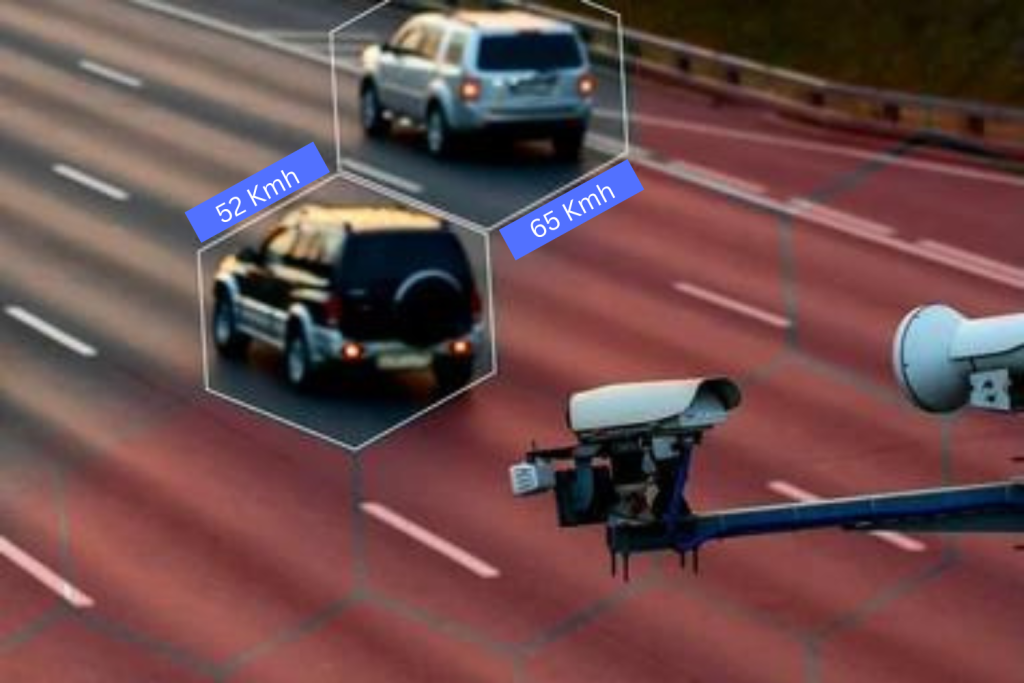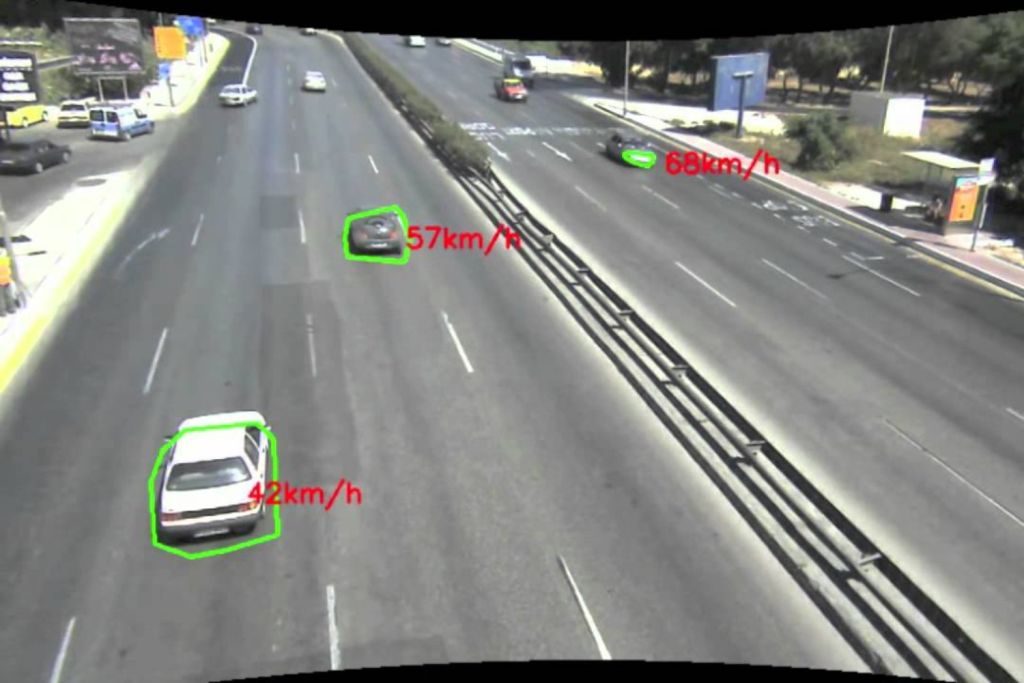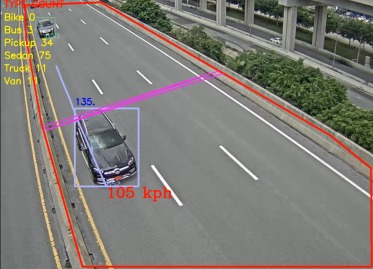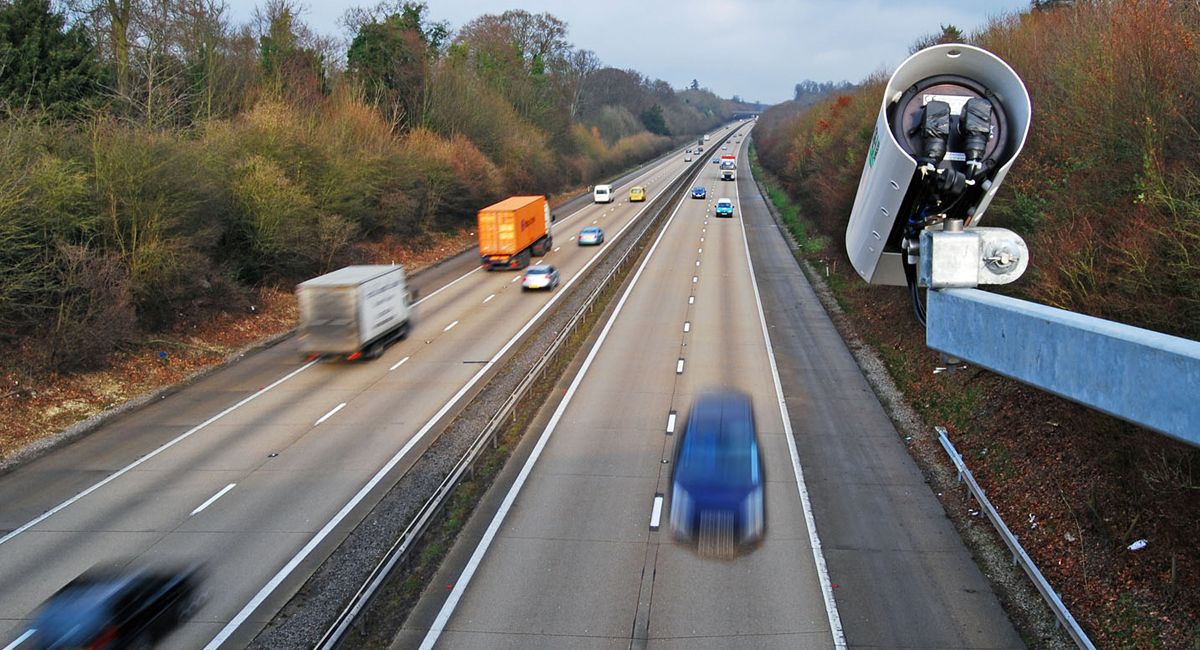Implementing 4D Radar for Speed Detection in Smart Cities
In the evolving landscape of urban development, smart cities represent the forefront of technological integration, aiming to enhance the quality of life for residents through innovative solutions. Among the myriad of advancements, the implementation of 4D radar for speed detection stands out as a significant leap in traffic management and road safety. This article delves into the intricacies of 4D radar technology, its application in speed detection, and its transformative impact on smart city infrastructures.
Table of Contents
Understanding 4D Radar Technology
4D radar technology builds upon traditional radar systems by adding a dimension of data—velocity—alongside range, angle, and elevation. Unlike conventional 2D and 3D radar systems that provide limited information about detected objects, 4D radar offers comprehensive spatial awareness, enabling precise measurement of an object’s speed, position, and movement trajectory.
Key Components of 4D Radar Systems
- Transmitters and Receivers: The core components of a 4D radar system are its transmitters and receivers. These elements emit and capture radio waves that bounce off objects, returning data about their location and speed.
- Signal Processing Units: Advanced algorithms process the received signals to extract detailed information. This includes differentiating between stationary and moving objects, calculating speed, and determining the exact position and trajectory of vehicles.
- Micro-Doppler Effect: 4D radar leverages the micro-Doppler effect, which allows for the detection of small movements and fine details. This is particularly useful for distinguishing between different types of vehicles and even detecting non-vehicular objects like pedestrians and cyclists.

4D Radar for Speed Detection: A Game-Changer
The application of 4D radar for speed detection in smart cities marks a paradigm shift in traffic management. Traditional speed detectors, such as optical speed radar cameras and LIDAR, have limitations in terms of accuracy, range, and susceptibility to environmental factors. 4D radar overcomes these challenges, offering a more robust and reliable solution.
Enhanced Accuracy and Reliability
4D radar systems provide unparalleled accuracy in speed detection. By capturing detailed data on multiple dimensions, these systems can accurately calculate the speed of moving vehicles, even in challenging conditions such as poor weather or low visibility. This makes them an ideal choice for smart cities aiming to enhance road safety and enforce speed limits effectively.
Wide Range and Coverage
Unlike traditional speed detectors that may have limited range and coverage, 4D radar systems can monitor large areas simultaneously. This broad coverage is crucial for managing traffic in busy urban environments, where multiple lanes and high traffic volumes require comprehensive monitoring.
Real-Time Data and Analytics
The integration of 4D radar with smart city infrastructures allows for real-time data collection and analysis. Traffic management centers can receive live updates on vehicle speeds, enabling dynamic adjustments to traffic signals, speed limits, and other control measures. This real-time capability is essential for responding to traffic incidents promptly and efficiently.
Implementation Strategies for Smart Cities
The successful implementation of 4D radar for speed detection in smart cities involves several key strategies. These include infrastructure integration, regulatory considerations, and community engagement.
Infrastructure Integration
Integrating 4D radar systems into existing smart city infrastructures requires careful planning and coordination. Key steps include:
Site Selection: Identifying optimal locations for installing 4D radar systems is critical. These locations should cover high-traffic areas, accident-prone zones, and intersections where speed monitoring is essential.
Network Integration: 4D radar systems need to be seamlessly integrated with the city’s communication networks. This involves ensuring reliable data transmission to central traffic management centers and other relevant authorities.
Power Supply: Ensuring a consistent and reliable power supply for 4D radar units is essential for uninterrupted operation. This may involve connecting to the city’s power grid or incorporating alternative energy sources such as solar power.
Regulatory Considerations
The deployment of 4D radar for speed detection must comply with local and national regulations. Key considerations include:
Privacy and Data Protection: Ensuring that the data collected by 4D radar systems is handled in compliance with privacy laws is crucial. This involves anonymizing data where possible and implementing robust security measures to protect against unauthorized access.
Legislation and Enforcement: Working with local authorities to establish clear regulations regarding the use of 4D radar for speed enforcement is necessary. This includes setting legal speed limits, defining penalties for violations, and ensuring that the use of radar data in court proceedings is legally admissible.
Community Engagement
Engaging with the community is a vital aspect of implementing 4D radar systems. Public awareness and acceptance are key to the success of such initiatives. Strategies for community engagement include:
Public Awareness Campaigns: Educating the public about the benefits of 4D radar for speed detection can help garner support. This includes highlighting the potential for improved road safety, reduced accidents, and more efficient traffic management.
Feedback Mechanisms: Establishing channels for public feedback allows residents to voice their concerns and suggestions. This can help authorities address any issues and improve the system based on community input.

Future Prospects and Innovations
The future of 4D radar for speed detection in smart cities is promising, with ongoing advancements and innovations poised to enhance its capabilities further.
Integration with Autonomous Vehicles
As autonomous vehicles become more prevalent, the integration of 4D radar systems will be crucial. These systems can provide detailed environmental data to autonomous vehicles, enhancing their ability to navigate safely and efficiently. This synergy between 4D radar and autonomous technology represents a significant step towards the future of urban mobility.
Enhanced Data Analytics
The combination of 4D radar with advanced data analytics and machine learning algorithms holds great potential. By analyzing large datasets, traffic management centers can gain deeper insights into traffic patterns, predict congestion, and implement proactive measures to enhance road safety.
Expanded Applications
Beyond speed detection, 4D radar camera technology can be applied to various other aspects of smart city management. This includes monitoring pedestrian movements, managing public transportation systems, and even enhancing security through the detection of unauthorized vehicles in restricted areas.
Challenges and Considerations
Despite its potential, the implementation of 4D radar for speed detection in smart cities comes with challenges that need to be addressed.
Cost
The initial investment for 4D radar systems can be significant. Cities must weigh the costs against the potential benefits, considering long-term savings from reduced accidents and improved traffic management.
Technical Challenges
The deployment of 4D radar systems requires technical expertise and infrastructure support. Cities must invest in training for personnel and ensure that the necessary technical infrastructure is in place.
Public Acceptance
Gaining public acceptance for the widespread use of 4D radar technology is essential. Addressing concerns related to privacy, data security, and the potential for increased surveillance will be key to fostering public trust and support.

Conclusion
The implementation of 4D radar for speed detection represents a significant advancement in the realm of smart cities. With its enhanced accuracy, wide coverage, and real-time data capabilities, 4D radar technology offers a robust solution for improving road safety and traffic management. By addressing the challenges and leveraging the potential of this technology, smart cities can pave the way for safer, more efficient urban environments.
As cities around the world continue to embrace the smart city paradigm, the integration of innovative technologies like 4D radar will play a crucial role in shaping the future of urban living. By investing in these advancements, cities can enhance the quality of life for their residents, promote sustainable development, and create safer, more efficient transportation systems for all.

